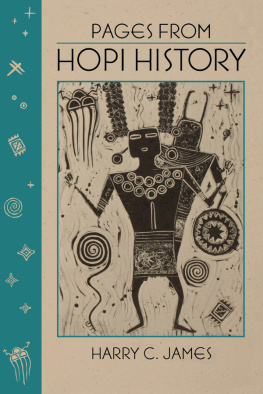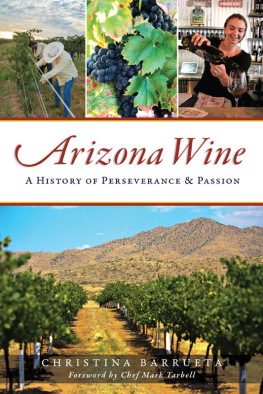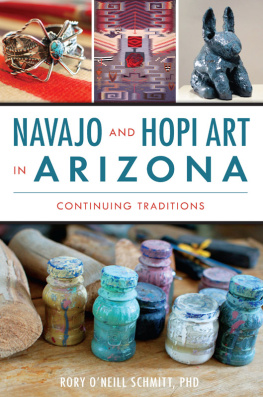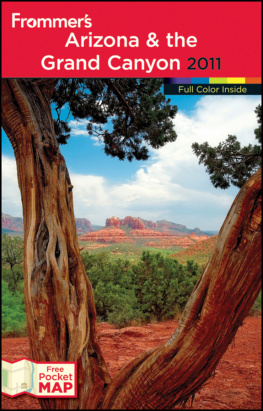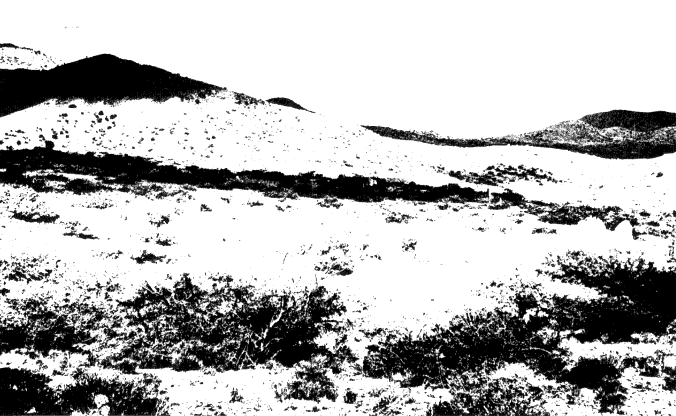| Arizona has had a long and colorful history. From the late 1600's to 1821 it was a part of the northern frontier of New Spain, and from 1821 to 1848 it was part of the Mexican state of Sonora. In 1848 all of the present state lying north of the Gila River became the Territory of New Mexico, part of the United States. Five years later the area south of the Gila was purchased from Mexico. It took ten years of political maneuvering before Arizona Territory was established in 1863. There followed another long struggle before Arizona at last achieved statehood on February 14, 1912. |
| History is the story of manhis actions, his comings and goings, and his settlements. As most of man's actions and travels and the places he made his settlements are controlled by the natural settingterrain, climate, geography, and even geologyan understanding of the land is essential to an understanding of history. It means little to know that it took three weeks for a member of the Arizona Territorial Legislature to ride from Tucson to the capital in Prescott if one does not know the distance traveled or appreciate the kind of terrain that had to be crossed. We hope that this historical atlas of Arizona will make it easier to understand the history of the state. |
| The first ten maps display some of the outstanding physical characteristics of the state that have affected man's behavior. In many ways Arizona is unique among the United States in its total ecology, particularly its climate and flora and fauna. Some aspects of these elements it shares with adjoining regions, so in order to show a complete picture, some of the maps cover areas outside the state's borders. For example, the Sonoran Desert sprawls across parts of Arizona and California and the Mexican states of Sonora and Baja California. In addition, some adjoining areas are much more closely allied with Arizona than with their home states; for example, Fort Yuma sits on the California bank of the Colorado River, but its history is tied completely to Arizona. |
| Following the maps of the natural setting, other maps are in more or less chronological order from the days of prehistoric man to the growth of modern urban complexes. There are some exceptions, such as the maps that show the development of the Indian reservations, which have been grouped to show the continuing changes. The cartographic presentations are accompanied by textual material that briefly sets each map in its historic perspective. |
| Arizona's prehistory goes back some ten thousand years, but its written history begins about the middle of the sixteenth century with the arrival of the Spanish missionaries and explorers. Until 1846 Arizona was essentially that part of the present-day state lying south of the Gila River, the northern limit of Spanish and Mexican settlement. Not until 1863 did settlement on any considerable scale begin in the central and northern portions of the state. |
| One of the problems encountered in preparing this atlas was the matter of the spelling of place names, especially those of Spanish origin. For example, consider those which contain the letter h or j, as Mohave, or Mojave. When official records or maps use the letter h, this form has been followed; however, when referring to the Indian tribe the j is used, in accordance with the preference of the Indians themselves. Older maps often disagree on spelling, as is the case of Solomonsville or Solomonville, now plain Solomon, the name given to the railroad station serving the town. |
| There are so many places, terrain features, and events involved in the history of the state that we were forced to be selective in what we present here. We have sought to offer those items which we feel are most significant historically. |
| We wish to express our appreciation to Sidney B. Brinckerhoff of the Arizona Historical Society, Bert M. Fireman of the Arizona Historical Foundation, John Bret Harte of the Tucson Daily Citizen, and Emil Haury, Bernard L. Fontana, Stanton B. Keith, and the late James R. Hastings of the University of Arizona, who read and commented on various parts of this work. Also, our thanks go to the staffs of the libraries of the Arizona Historical Society and the University of Arizona. Naturally, any errors herein are our own responsibility. |
|


